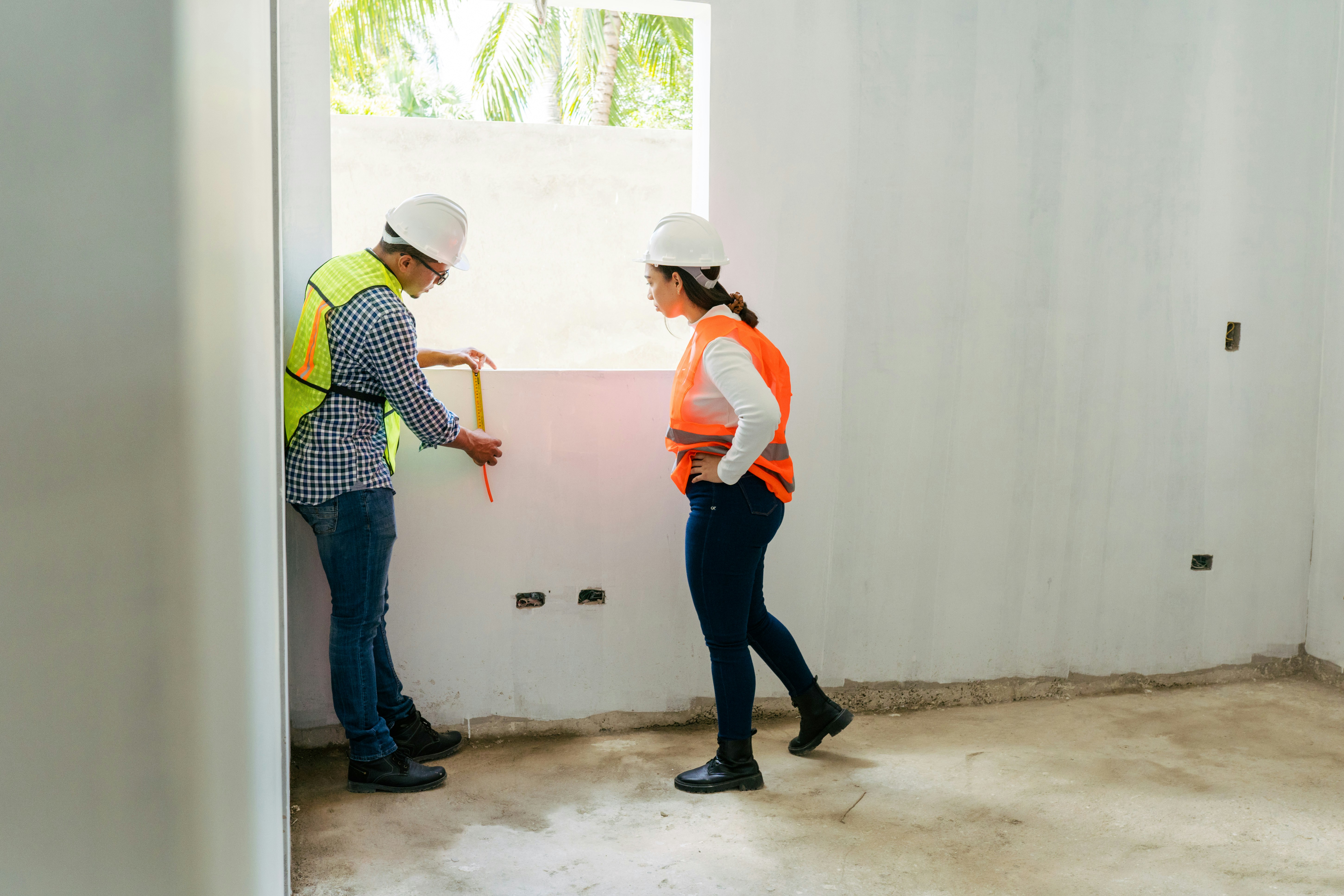
Drywall estimating is often perceived as a straightforward numbers game—linear feet, square footage, and labor rates. But for architects, engineers, and general contractors, the reality is far more complex. Estimating drywall isn't just about dimensions; it's about precision, coordination, and risk management in an environment where small oversights can lead to costly overruns and schedule delays.
At its core, drywall estimating appears to be a simple task. But when you're dealing with large-scale projects or complex designs, multiple variables can skew even the most carefully calculated estimate.
Drywall isn’t just a finish; it’s the structure behind every interior space. It forms fire-rated assemblies, supports fixtures, and impacts acoustic performance. As such, underestimating drywall costs can derail entire project budgets and timelines.
Estimators working on drywall packages must not only quantify materials but also factor in:
To overcome these challenges, the construction industry is shifting towards platforms that use Data-Driven Intelligence to enhance drywall estimating workflows. These systems analyze past project data, automate redundant tasks, and provide real-time feedback as designs evolve.
Such platforms go beyond digitizing takeoffs—they enable dynamic cost modeling that adjusts with every change, offering transparency and auditability. Estimators can track both objective quantities (like board counts) and subjective inputs (like installation difficulty), ensuring every iteration is better than the last.
On average, it can take several days to update drywall estimates for a complex project manually. Multiply that by the number of design revisions, and the cost becomes significant—not just in time, but in potential lost bids or eroded margins. Platforms like Active Estimating can cut this turnaround time drastically, allowing teams to iterate faster and win more work with confidence.
Imagine estimating drywall on a multi-story hospital project with thousands of unique rooms and wall types. Without advanced tools, estimators must manually verify each takeoff across multiple drawings, leading to inevitable gaps. A drywall estimating software that connects live model data, tracks revisions, and automates quantity checks becomes essential—not just nice to have.
For those who see drywall estimating as a commodity task, it’s time to rethink the process. A precise, responsive, and intelligent estimating system doesn’t just support your team—it gives you a competitive edge.
Schedule a personalized demo to see how Active Estimating can work for your specific needs.
